South of Tenterfield is the New England Tableland, where there are subtle changes in the landscape. The massive granite outcrop known as The Bluff dominates the New England Highway, but fewer granite boulders punctuate the farmland.
There are underground riches on the tableland and fossickers have been coming here for more than 150 years in search of gold, tin and sapphires. Emmaville, 78 km south of Tenterfield, is one small country town with a rich mining history. Tin was discovered in the area in 1872 and a flourishing settlement of 7000 grew around the minefields.
There’s little evidence today of the mining history of the town, except for the fascinating collection of rocks and minerals at the Emmaville Mining Museum. The precious collection once belonged to the local bakers Mr and Mrs Jack Curnow, who bequeathed it to the town with the request that a mining museum be created. Located in the old Foley’s Store building, the museum houses the Curnow collection along with more than 200 photographs recording the lives of the people who mined the tin.
It wasn’t only tin mined in the Emmaville district. The Ottery Mine, just out of town, first opened in 1882 when tin was discovered, but arsenic was mined here from 1920 to 1936.
Arsenic was used in the early 20th century to control prickly pear and then during World War 1 in the production of munitions. The men who worked in the mine adopted safety procedures including wearing silk underwear and wooden soled shoes in an attempt to avoid poisoning, although it was believed that a small amount of exposure was good for curing minor ailments. After the war, demand for arsenic decreased as other safer products came into use and eventually mining ceased. Since closing in 1957, the mine has been abandoned, but it has been made safe for visitors by the NSW Department of Mineral Resources. From the paths, the fenced off underground workings of the mine are visible.
Deposits of crystallised arsenic concentrates on the brickwork of the old refinery glitter in the sunshine, but don’t be tempted to take some home; it’s as toxic now as it was in 1936.
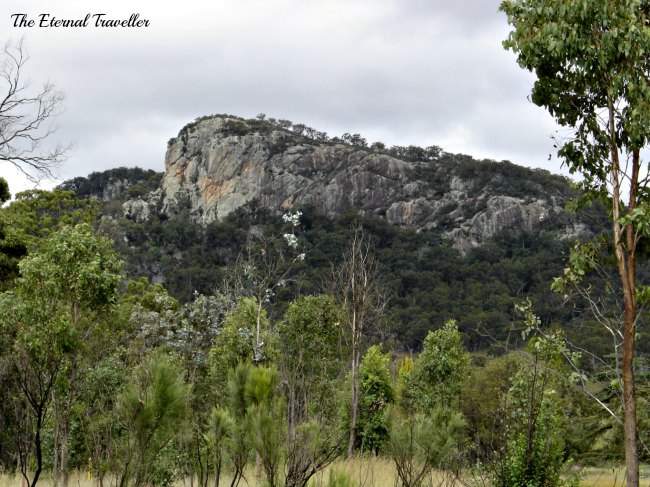
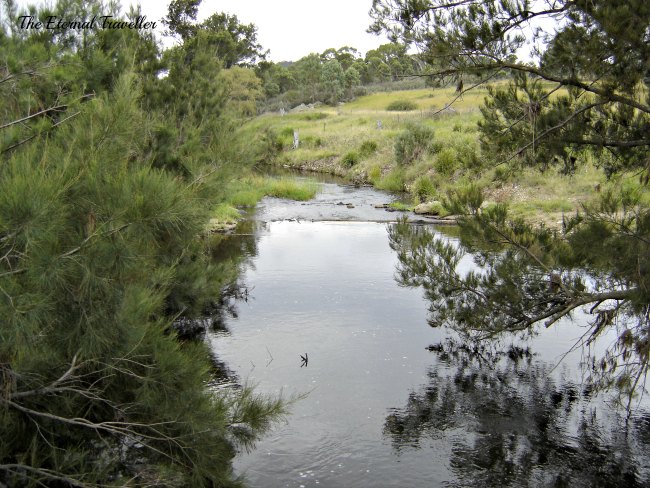
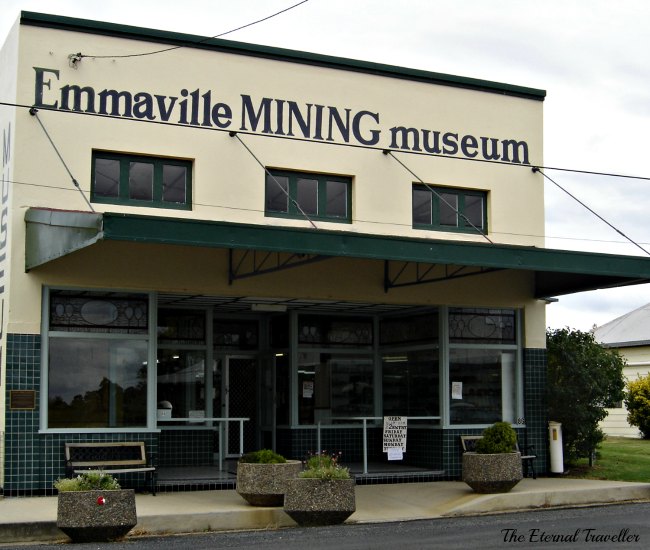
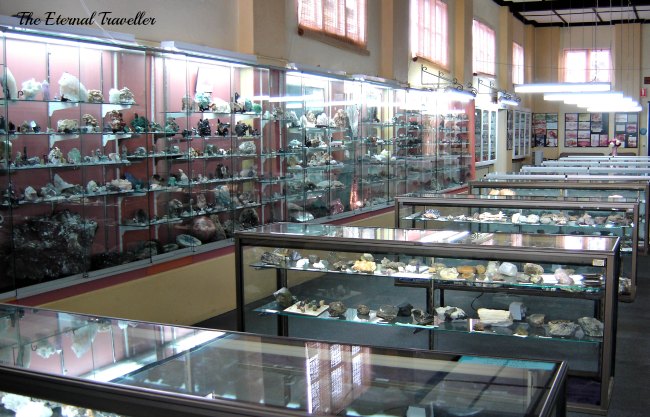
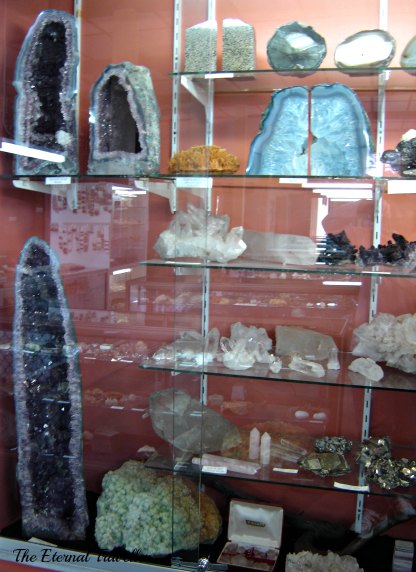
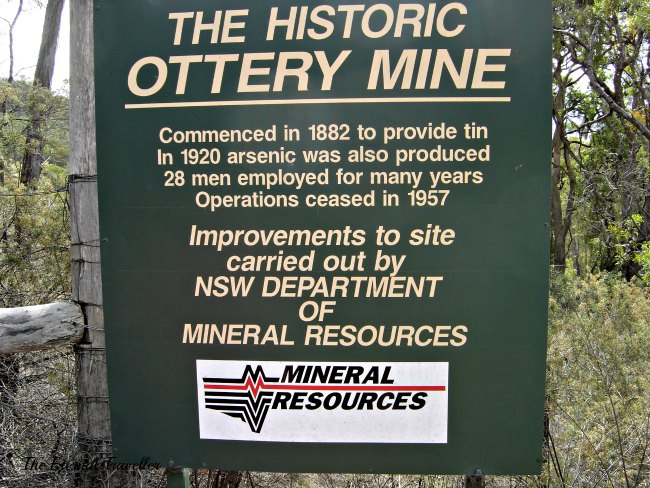
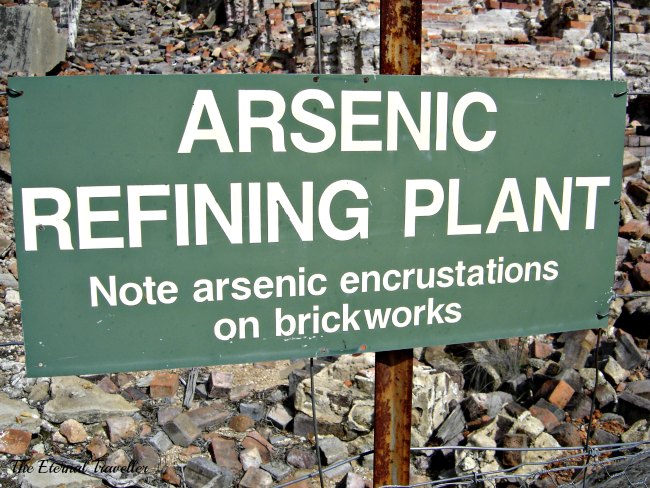
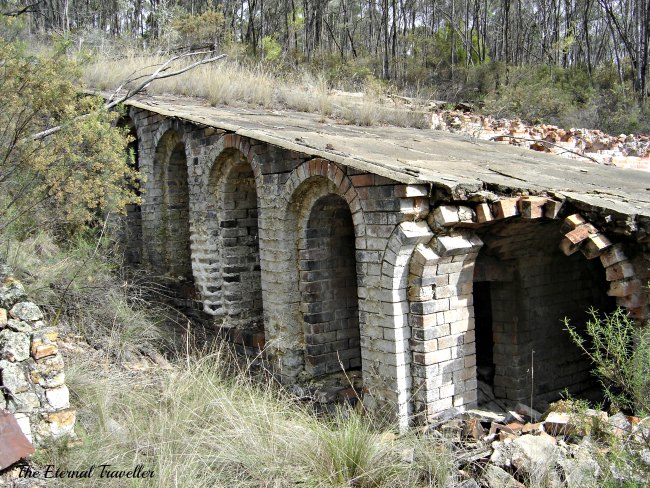
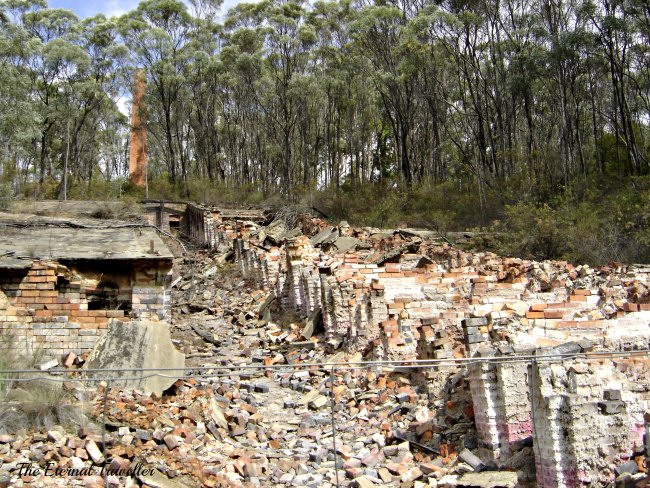
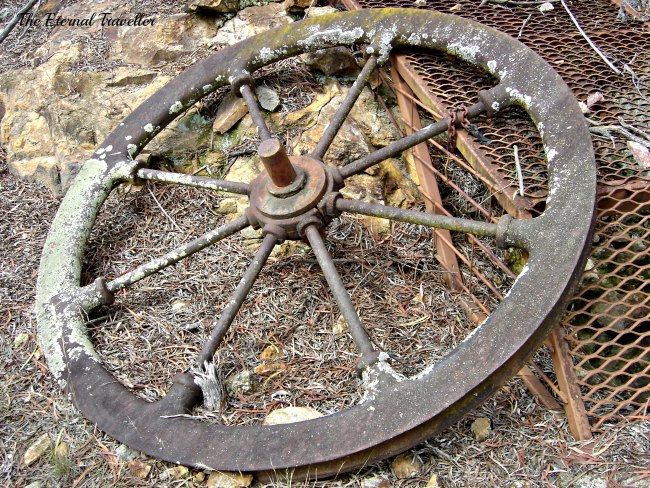
What an interesting part of our country!
LikeLiked by 1 person
There are so many places like Emmaville just waiting to be discovered!
LikeLike
Were you worried about coming in contact with any of the arsenic? I wonder how many men who worked in the mines developed illnesses because of it. How interesting. It’s funny, there is a New England there, just as there is in the U.S. 🙂 At first I thought you were traveling somewhere in our New England. 🙂
LikeLiked by 1 person
I wondered too if the miners were affected by the arsenic but I couldn’t find any info about it. We wouldn’t have been in any danger. The mine areas are well fenced and we were wearing closed shoes and didn’t go digging in the dirt at all. As far as New England goes, I guess the first settlers in both countries came from the same origins.
LikeLike
Fascinating how we came to make these discoveries about minerals in the first place, isn’t it? I’m not fond of being beneath the ground but I love the shapes and feel of the samples in the shops. 🙂
LikeLiked by 1 person
Yes, I wonder who discovered that arsenic was good for killing prickly pear.
LikeLiked by 1 person
Interesting post.
I don’t think I have ever heard the term ‘fossicker’ – for recreational prospecting – and the auto-correct on my phone definitely hasn’t heard of it. It grabbed the word like a dog with a bone and wouldn’t let go.
I wonder how silk was supposed to protect the workers? Non-absorbent, perhaps?
LikeLike
I looked the word up and according to Wikipedia it’s a term used in Cornwall, Australia and New Zealand for a recreational prospector. Here we would also use the word for digging around looking for something. I was surprised that it’s not widely used elsewhere. I guess it’s just a word we use automatically.
I couldn’t find any evidence that silk underwear actually provided any protection. The miners also used to rub soft soap into their skin as a form of protection. I’m assuming they didn’t really know if it worked or not.
LikeLike
Silk underwear on the miners! I think you missed a photo opportunity there Carol!
LikeLiked by 1 person
Ha ha Denzil! They may have not wanted photos taken of them wearing their smalls!
LikeLike
What an interesting place to visit. Until reading this, I had no idea that arsenic could be used for anything else apart from poisoning people in old black and white films, or Agatha Christie novels!
LikeLiked by 1 person
I hadn’t ever given it much thought until we went there Elaine. I was surprised at how many uses it has.
LikeLike
Your blog posts are very educational. 🙂
LikeLiked by 1 person
You’re welcome!
LikeLiked by 1 person
What a fantastic and interesting place! My hubby’s ancestors were ‘tin scratchers’ at the Atherton Tablelands. It’s was a hard life.
LikeLiked by 1 person
The photos at the museum showed a difficult life too, with little reward for a lot of effort. I would have made a terrible miner’s wife. I would have done a lot of whinging!
LikeLike
Fascinating. At first I thought you were in New England USA, then I realised not. Had to look up where this is in Australia. I have just been to areas in Cornwall where arsenic was mined and will be posting about them shortly. History is so interesting.
LikeLiked by 1 person
Well, the settlers in both countries had the same origins so they used place names they were familiar with. Interesting that arsenic was mined in Cornwall too. Arsenic and tin must go together.
LikeLike
I love going on a sightseeing trip with you! 🙂 Cool area!
LikeLiked by 1 person
Thanks Sophie. I’m glad you can come along!
LikeLike
I’m pretty sure we used to eat our lunch off arsenic-treated pine picnic tables after which we would clamber on arsenic-treated pine playground equipment. I wish I’d thought to wear my silk underwear on those days. 😀
LikeLiked by 1 person
Yes, we did. It’s all been replaced now by metal and plastic!
LikeLiked by 1 person